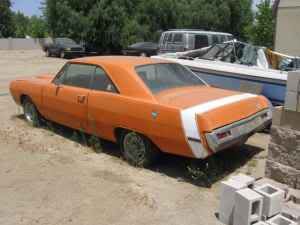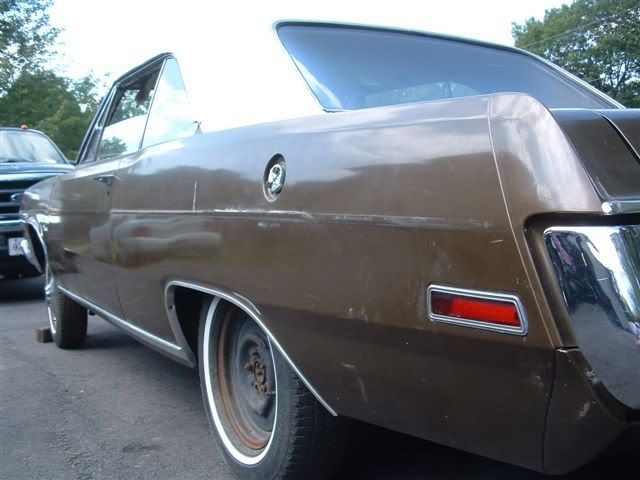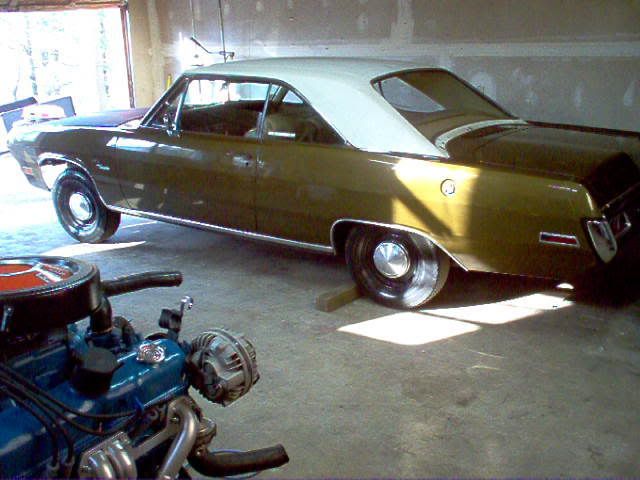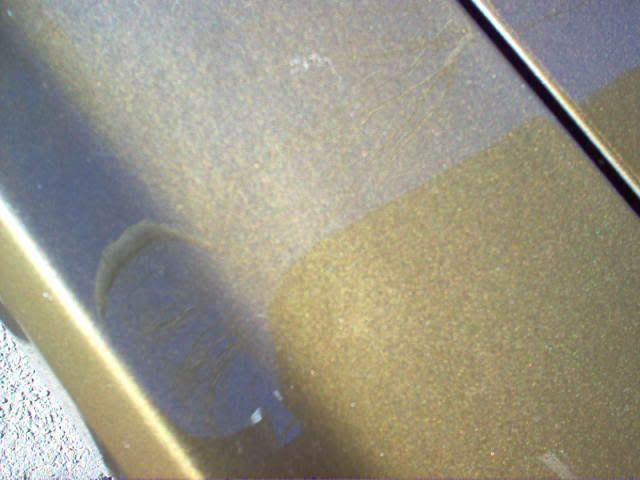Paint guys I could use your guidance. My wagon has original paint and spent twenty years in the Texas desert...luckily, it was somewhat protected by a coating of Texas dust all that time.
Not surprisingly, it now has a "chalky" look and feel to it. I do think I can revive some luster though. My question is, would a clay bar and liquid be a good, safe approach to try and bring it back to life? I'm hesitant to go down the buffing route as I'm not well skilled at it and afraid the paint may be too thin.
Thoughts?
Thanks
Not surprisingly, it now has a "chalky" look and feel to it. I do think I can revive some luster though. My question is, would a clay bar and liquid be a good, safe approach to try and bring it back to life? I'm hesitant to go down the buffing route as I'm not well skilled at it and afraid the paint may be too thin.
Thoughts?
Thanks


























